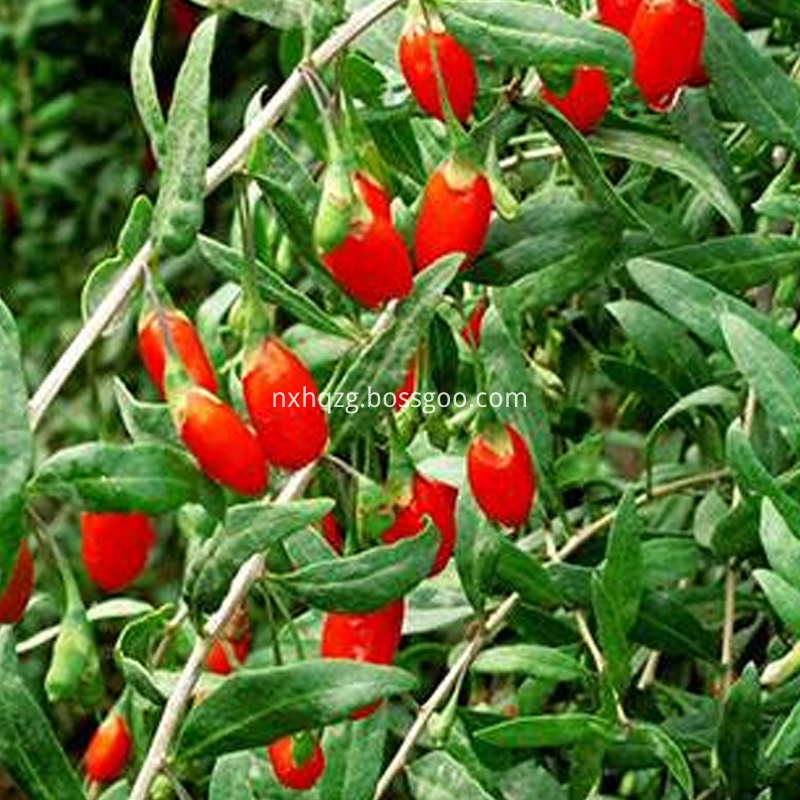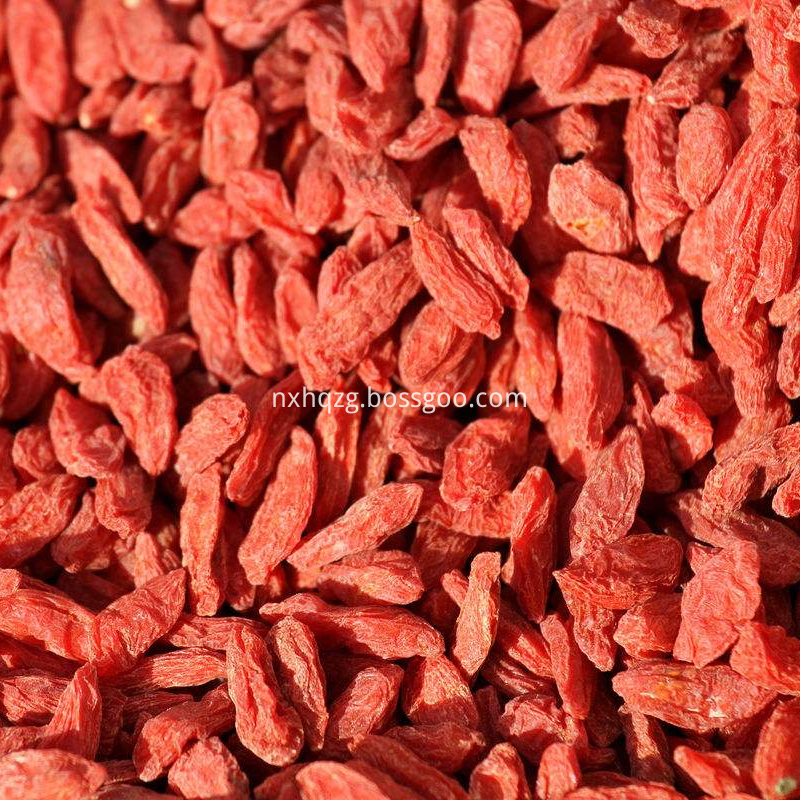According to reports, in the mid-1970s, α-glucosidase inhibitors were found in studies of hypoglycemia abroad. Studies have confirmed that α-glucosidase inhibitors can prevent postprandial hyperglycemia and relieve hyperinsulinemia, while improving glucose tolerance, and can also prevent and treat obesity and hypertriglyceridemia for the treatment of carbohydrates. Diseases caused by metabolic disorders. Since then, many scholars have conducted a lot of research on the screening of α-glucosidase inhibitors in biological extracts. The main research subjects are microorganisms such as actinomycetes and microalgae. In recent years, attention has been paid to the screening of α-glucosidase inhibitors from Chinese herbal medicines. Scholars have discovered many natural α-glucosidase inhibitors, which can be roughly classified into flavonoids, alkaloids, and saponins according to their structure. . The flavonoids have been studied by foreign scholars on p-nitrophenyl-α-D-glucopyranoside or maltose as substrates. The inhibitory effect of 16 flavonoids on yeast α-glucosidase was studied. The results showed that at a concentration of 0.1 mmol/L, quercetin (obtained from eucommia tea), myricetone, fisetin, and alizarin have a strong inhibitory effect on α-glucosidase, and the half inhibitory concentration ( IC50) were 8, 4, 8, 20, and 20 micromoles/liter, respectively. They also studied the relationship between the structure of these compounds and their inhibitory activity, suggesting that the polyhydroxyl structure is the source of the inhibitory effect, and that the glycosylation of the hydroxyl group weakens the inhibitory effect of the compound on α-glucosidase. In addition, luteolin, soy isoflavones, mulberry flavonoids, etc. also have this effect. The alkaloids Asano et al. changed the extraction and purification process of sang root, and 18 kinds of alkaloids were isolated from the mulberry roots. It was found that these polyhydroxy alkaloids have inhibitory effects on glucosidase in the digestive tract of mice, especially among them. Two kinds of polyhydroxyhydroxydinine have a strong inhibitory effect on glucosidase in the digestive tract of mice. Saponin soybean saponin is a kind of pentacyclic triterpene glycosides, the main components of which are A, B, E and DDMP saponins. Foreign scholars Quan Jishu et al. found that isoflavone and saponin-rich soybean hypocotyl extract can reduce blood glucose in diabetic rats and improve glucose tolerance. They used C18 column chromatography and high performance liquid chromatography to separate and purify the B-, E-, and DDMP saponin monomers. The inhibitory effect of soybean saponin monomers on yeast α-glucosidase was determined using a colorimetric method. Soybean saponin has a strong α-glucosidase inhibitory activity in a dose-dependent manner and is a non-competitive inhibition. In addition, they also found that soybean hypocotyl extract reduced the activity of sucrase and maltase in rat small intestinal mucosa. Although the inhibitory effect was weak, it was often used because the concentration of soybean hypocotyl extract in the intestine could reach a high level. It may help to reduce the continuous increase in postprandial blood glucose. In addition, the researchers also extracted α-glucosidase inhibitors from Hyssop. Other Kim found that pine bark extract has a weak inhibitory effect on α-glucosidase in pig small intestine. The extracts, acarbose, and voglibose have an IC50 of 155 for porcine small intestinal α-glucosidase, respectively. 35, 0.035 μg/ml. In addition, the inhibitory effects of α-glucosidase found in Chinese herbal medicines at home and abroad are green tea extracts rich in tea polyphenols, rhubarb, hawthorn, red peony, Chinese gallnut boiled alcohol extracts, and Guangxi blood Powder and stepwise extracts, water extracts of Schisandra and Polygonum cuspidatum.
The Organic Wolfberry King wolfberry is 220 grain /50 grams.
High quality, organic wolfberry can be said to be the highest standard in the food industry of Chinese wolfberry; no pollution, the organic wolfberry produced by the transformation of traditional roots garden is under 0.02ppm. The certification standards of organic wolfberry mainly include USDA in the United States and certification of organic products in China.
Lycium barbarum polysaccharides can protect white blood cells and promote the recovery of hematopoietic function. In addition, Lycium barbarum L. can regulate neuroendocrine, repair ischemic brain injury, reduce brain edema and improve brain function.
Ningxia wolfberry is sweet, especially sweet, but after eating, there is a trace of bitterness in the throat; and the wolfberry in Inner Mongolia, Xinjiang and other places is sweet. The wolfberry is chewed with the bitter taste of alum. As for the sulfurous wolfberry, the taste presents acid, astringent and bitter taste.


Organic Red Goji Berry 220 Specifications
Organic Red Goji Berry 220 Specifications,Organic Wolfberry King,NingXia Organic Large Goji Berry,Quality Organic Goji Berry
Ningxia Hongqiaozhigu Technology&Development Co.,Ltd , http://www.guofuhui-ec.com

